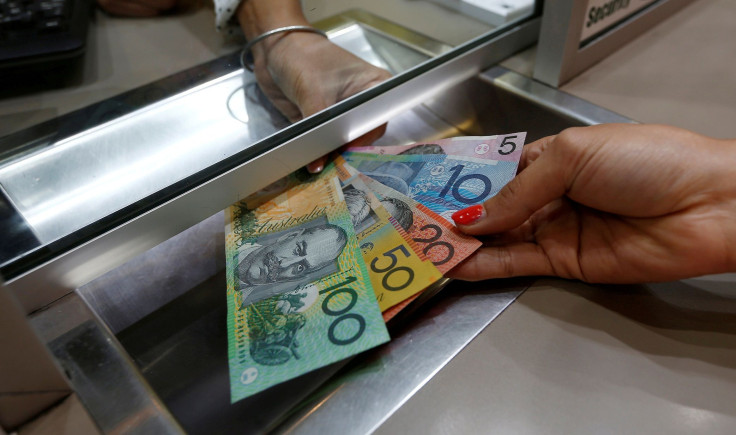Aussie dollar rallies in overnight trade

The Aussie dollar rallied in overnight trade against the crosses and the US dollar, a move that started in the Asian trade. The move came despite hefty falls in iron ore markets as well as drops in base metal prices.
Commonwealth Bank chief currency strategist Richard Grace said it was likely prompted by easing concerns that Down Under can list a negative GDP reading in the March quarter, with gains in Asian currencies. In a note, he said participants were encouraged by the Australian Q1 inventory data, which suggests Australian Q1 GDP growth would be stronger than what was previously expected.
“Some analysts were forecasting a contraction in GDP growth before the inventory data was released, and we have revised up our expectation that Q1 GDP will expand by 0.3% from an initial forecast of flat growth,” Business Insider quotes Grace as saying. Non-Japan Asian currencies lifting to an eight-month high, he said, also encouraged participants regardless of the falls in iron ore and base metal commodity prices.
There is also a possibility that positioning adjustments ahead of central bank events pushed the Aussie’s higher move. One of these is the RBA monetary policy meeting that was scheduled on Tuesday.
On Monday, the local currency was trading at 74.49, a rise from 74.23 per hour that was earlier recorded. Sean Callow, Westpac senior currency strategist, said the data boosted the market’s expectations for Australia’s economic growth.
Callow noted that the market was anticipating a small negative or flat (figure) for the March quarter, but even the pessimists must admit there was growth for the quarter. He said that it was a positive thing for the Aussie dollar.
He continued by saying that Caixin China services purchasing managers index added to the Aussie’s strength, The Australian reportds It was out shortly after the ABS data, which was up to 52.8 in May, a rise from 51.5 in April. Based on data from Caixin, the services sector in China continued expansion last month.
In other news related to the Australian economy, data from the Australian Bureau of Statistics indicated that inventories in Australia were up a seasonally adjusted 1.2 percent on quarter in the first three months of the year. That was higher compared to forecasts for a rise of 0.5 percent after the 0.3 percent gain in the previous three months. Data from the Australian Industry Group indicated that the service sector in the country continued to expand last month.
Read More:
First-home buyer activity in NSW to surge on July 1: CoreLogic
Aussie market looks set to open higher as Wall Street fires up
Colonial First State/YouTube





















